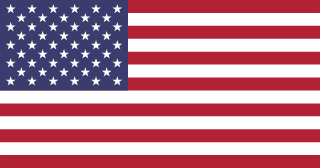Unique Style Ready-to-Hand
Crate and Barrel. Ikea. Brylane Home. Wayfair. These familiar names bring to mind just a few of the large outlets for home decor. They offer a dizzying range of products, many of superior quality, to outfit your home. We watch This Old House, Fixer Upper, Property Brothers, Love It or List It, Rehab Addict, and other shows dedicated to home remodeling and home decorating. But none of them offer what really makes a home your home: those truly unique items that express your unique style and personality!
Furniture showrooms and displays serve well for generating ideas, showing how styles, fabrics, patterns, and colors can be mixed such that they complement rather than clash. The cost of well made home furnishings prohibits seasonal swapping. Unless you have money to burn, you likely don’t change out the living room furniture from walnut to wicker when the cold weather turns to summer heat. Therefore, the most popular choices in furniture tend to center upon neutral color and patterns and styles.
Budget and storage limitations make for practical choices when it comes to customizing your home to reflect your personality and taste: drapes, knicknacks, wall art, and rugs. Savvy homeowners haunt thrift stores, garage and moving sales, flea markets, and antique stores to add unusual pieces that fit in with their style. Those may include heirloom pieces of furniture, vintage glassware, and original paintings, and other items. The lucky may even find clean floor cloths and hand-woven rugs still in good shape. The socially and environmentally conscious among us may gravitate toward “reuse, recycle, and repurpose” options and support cottage industry craftsmen rather than international conglomerates.
While kitschy or trendy items may wear thin after a short while, truly stylish objects complement your home regardless of fashion and even add value. What’s even better is finding durable items made from natural materials crafted by a company with a mission of social responsibility. This is offered by Zawadee and hits all right notes for the frugal homeowner in search of one-of-a-kind pieces that express his or her distinct personality: environmental sustainability through recycled materials, ease of care, and affordability.
Because artisans craft each rug in the from 100 percent recycled material, each is unique. Craftsmen combine available colors and materials into woven artwork distinctive enough to hang on the wall in lieu of tapestries or paintings. They’re sized to fit under coffee tables, line a hallway, and frame a special living area whether it’s your in-home office desk and chair or a cozy conversational seating group. They add interest to a neutral environment of off-white, beige, or gray walls while protecting bare feet from cold floors and fragile finishes from scuffs and scrapes. Imagine adding depth and sophistication to a bedroom with. The presence of wall-to-wall carpet does not exclude additional floor coverings that frame space and add color.
In addition to the durability of the materials, the rugs from Zawadee’s are washable. Being recycled, they won’t shrink either. Choose your preferred color and price to find affordable, handcrafted art that will complement your home decor with the ease and versatility of seasonal updates to take your house from winter to summer.







